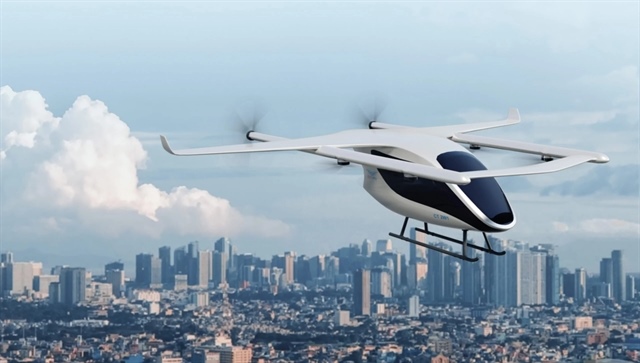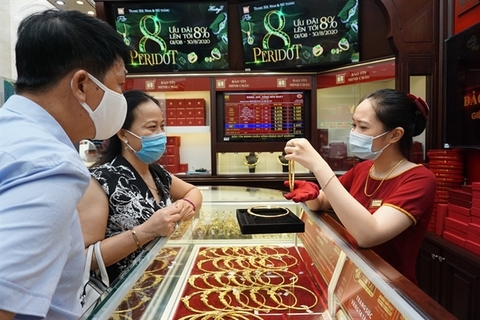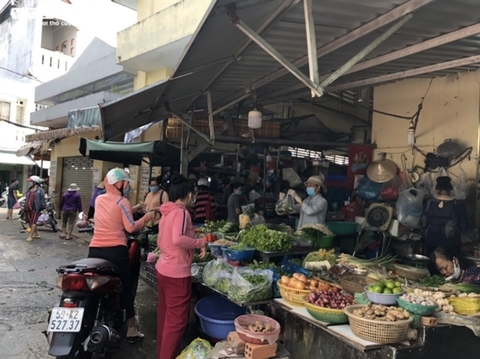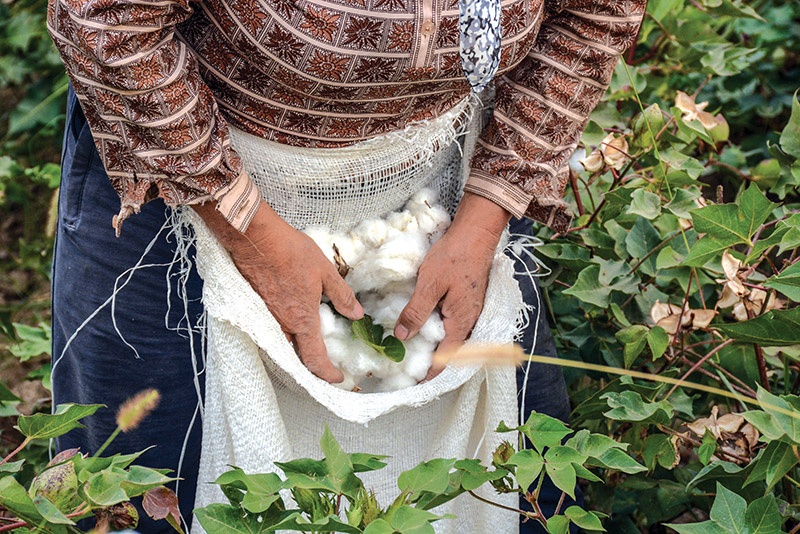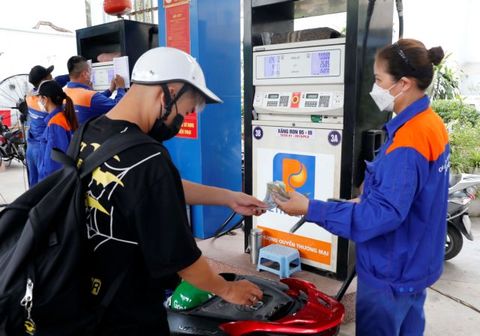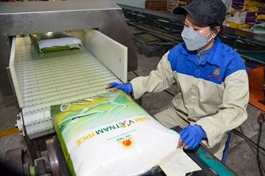Vietnamese Gov’t halves MFN tariff on petrol products to 10%
Vietnamese Gov’t halves MFN tariff on petrol products to 10%
Such a move will help Vietnam diversify oil import sources from China, the US, and the Middle East, and avoid dependence on certain partners amid growing global uncertainties.
The Vietnamese Government has agreed to halve the most favored nation (MFN) tariff on petroleum products from 20% to 10%.
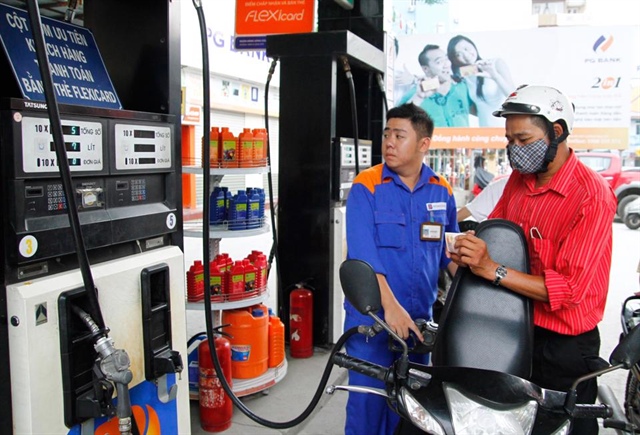
A gas station on Giai Phong Street, Hanoi. Photo: Viet Dung |
The decision, which took effect on August 8, was mentioned in the Government’s decree No.51/2022 on the revision of MFN tariff on fuel and gas products.
In practice, a 10% cut in MFN tariff would not help Vietnam curb rising petrol prices, as the share of petrol imports subject to such a tariff is insignificant in the total domestic petrol consumption volume.
Experts, however, expected such a move would diversify Vietnam’s import sources from countries such as China, the US, or those in the Middle East, and avoid the dependence on certain partners amid growing global uncertainties.
The Ministry of Finance (MoF), noted the proportion of taxes in Vietnam’s petrol retail prices remains lower compared to other countries, or 40-55% for fuels, and 35-50% for diesel, except for countries with large oil reserves.
Following two cuts on environmental protection tax on petrol products in April and July, taxes are currently making up 19.4-22% of the retail prices of biofuel E5-RON92 or RON95-III, and 11.05% of diesel.
Petrol prices in Vietnam after multiple rises since early 2022 have seen four consecutive cuts with a combined VND6,500 per liter.
At present, MFN tariffs are what countries are supposed to impose on imports from other members of the WTO unless the country is part of the preferential trade agreement. This means MFN rates are the highest that WTO members charge on another.




